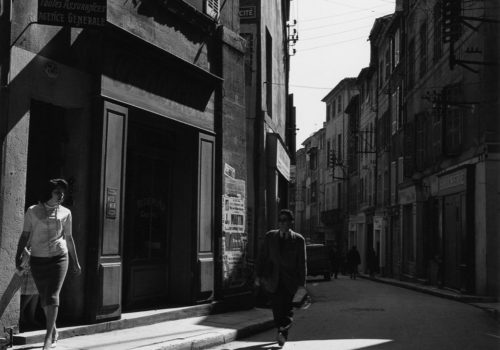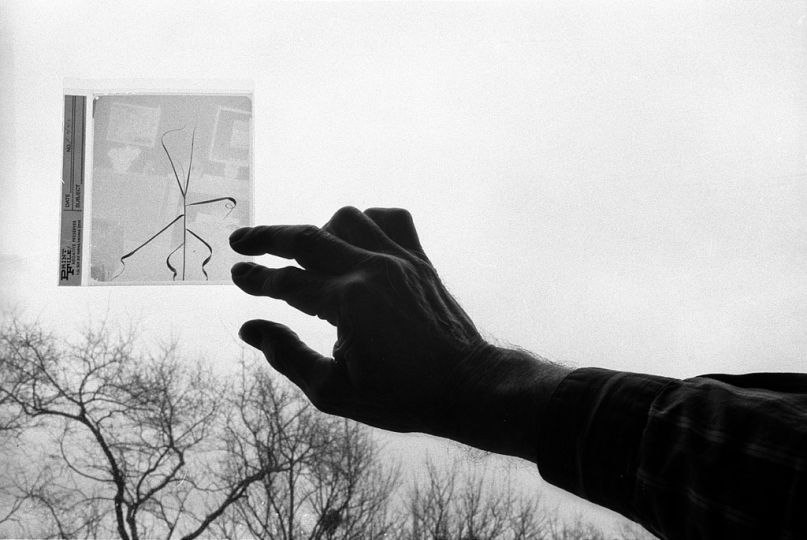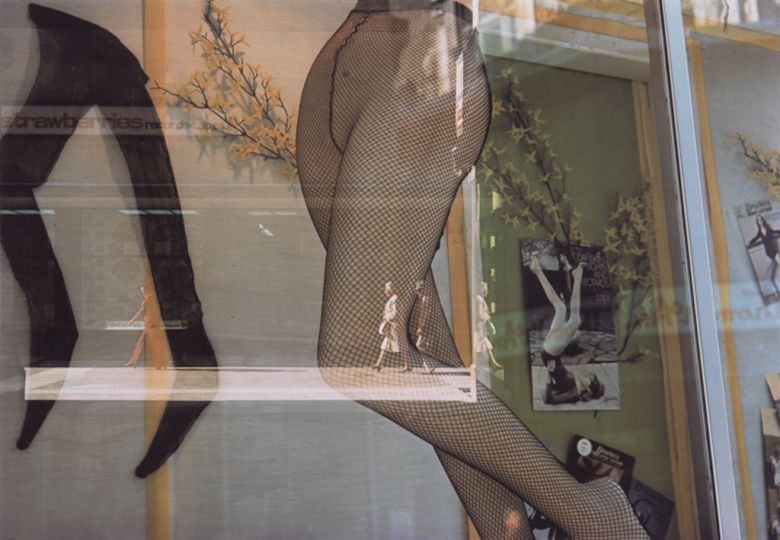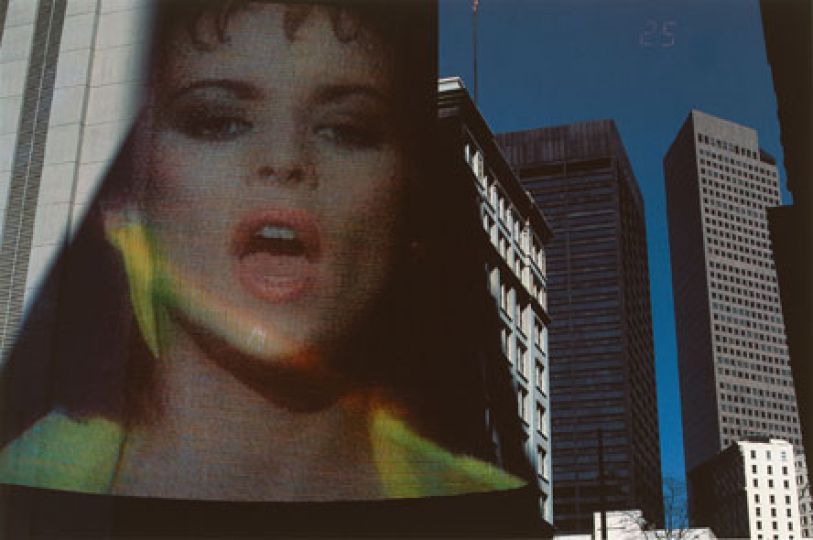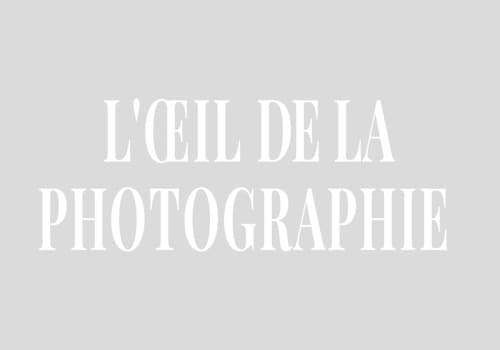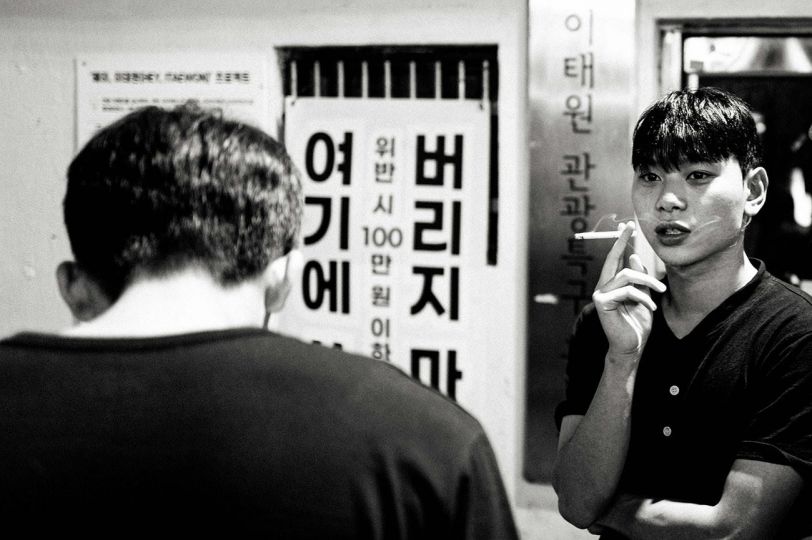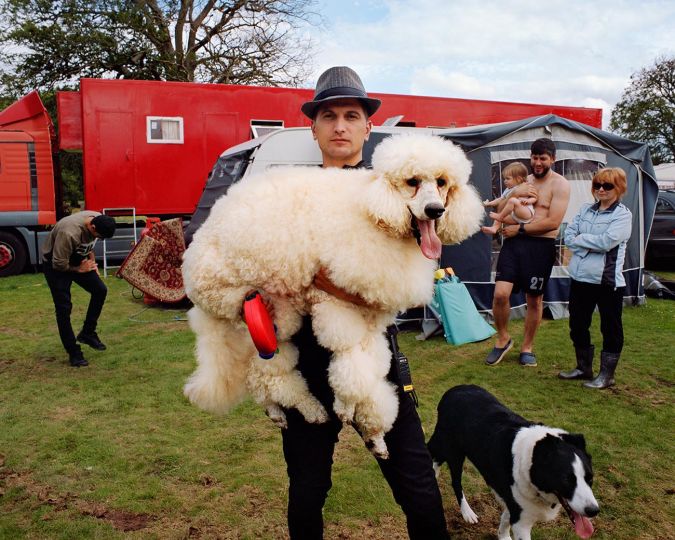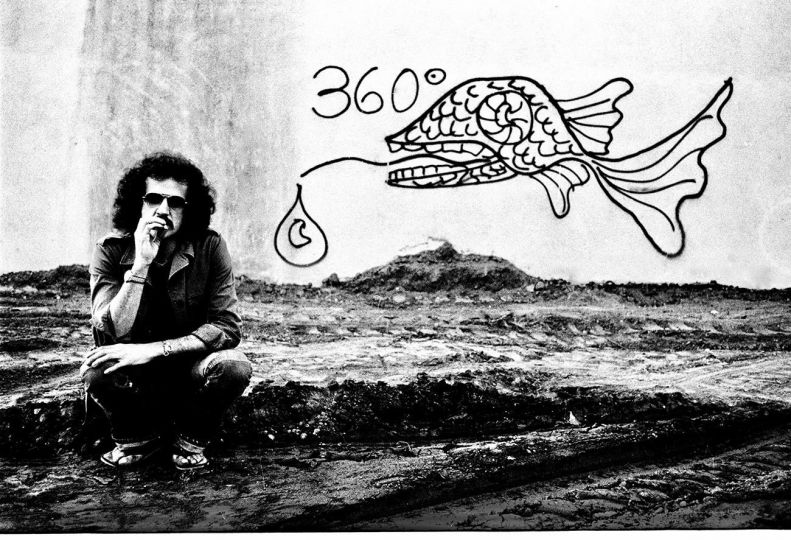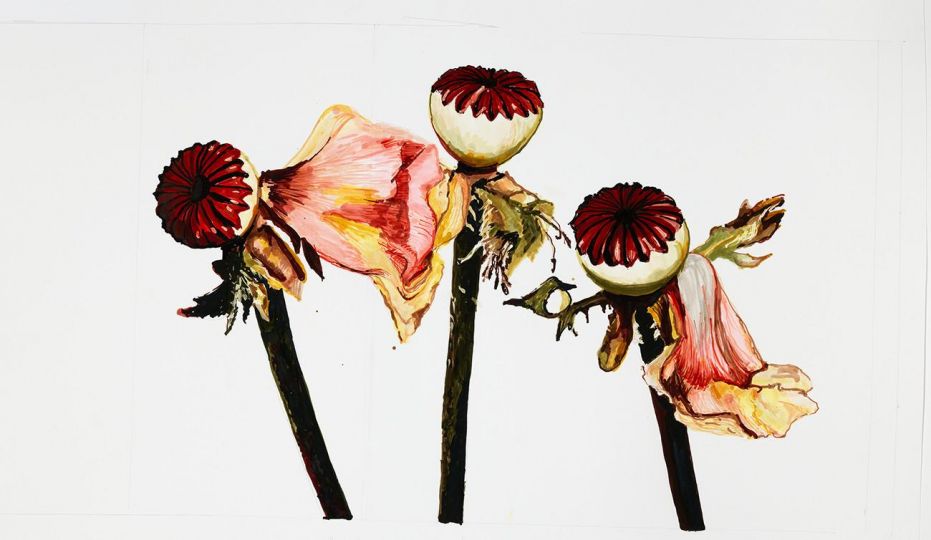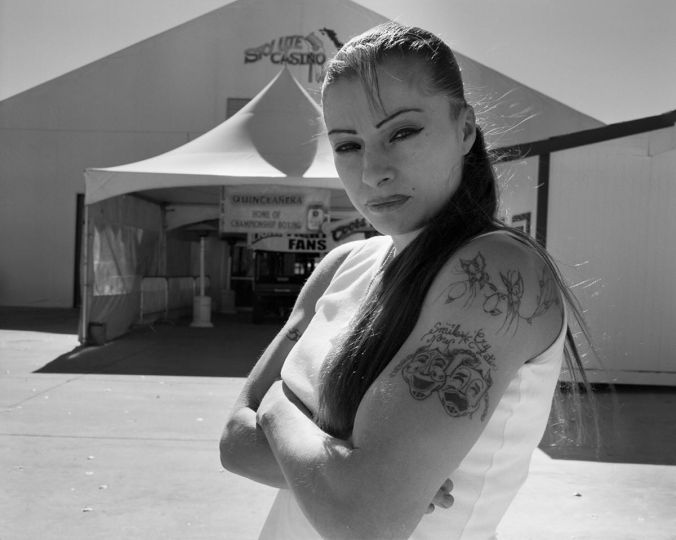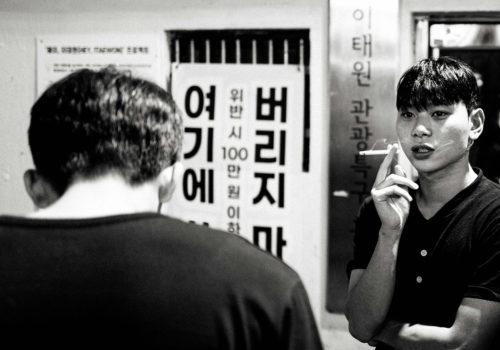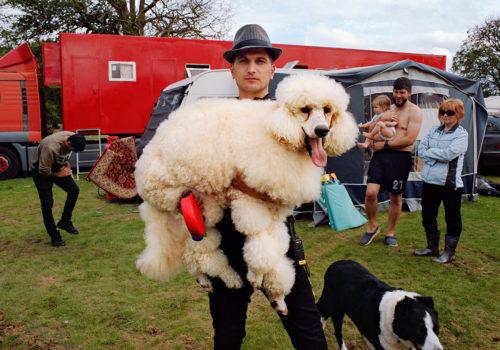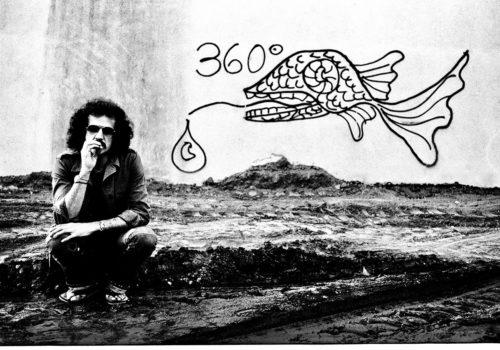In 1956, Harry Callahan (1912-1999) ran the photography department of the Institute of Design in Chicago. He received a grant from the Graham Foundation to create a project of his choice. Momentarily tempted to use this money to go to Northern Michigan, Callahan took a year-long sabbatical and, on the advice of Edward Steichen, left for Europe with his wife Eleanor and daughter Barbara, then seven years old. After two months in Germany, he traveled to Aix-en-Provence from September 1957 to July 1958.
It is a total culture shock for those who have never left the north of the United States. Although just discovering Europe for the first time and the “picturesque” of this little French village (these are his own words), Harry Callahan shows in his photos taken in Aix-en-Provence the same rigor and the same aesthetic preoccupations as those previously taken in Chicago and the American Midwest: his relationship with the city and the architecture, his photos of streets whose furtive silhouettes are often feminine, his minimalist approach towards nature, and, of course, the constant presence of Eleanor, his spouse. Going from an American metropolis and the vast expanses of Michigan and Wisconsin to a small city in the South of France, Harry Callahan did not stop revisiting his work and perfecting his graphic obsessions. He photographed in the morning and dedicated his afternoons to working in the laboratory, as he had always done.
Callahan was not interested in the rich architecture of Aix-en-Provence, nor in its historical heritage, but found in its streets, sunny even in the winter, the ideal stage for his studies of shadow and light and the graphics of ordinary facades. From the Cours Mirabeau, a vast promenade bordered with hotels from the 18th century adorned with rich fountains and plane-trees, he only retained the minuscule figurines emerging from the intense, deep black.
The images made by Harry Callahan in Aix-en-Provence makes up one of the rare cases where a master of American street photography in the 1950s is confronted with the decor of a small European village with its narrow streets and modest boutiques, keeping a certain distance from the inhabitants of the city. From the French Archives, he was able to create a cold and distanced poetry without any nostalgia. As for the nature studies, some were taken in the garden of the house where he was staying on the way to Sainte-Victoire Mountain, dear to Cézanne.
There, Callahan pursued his minimalist approach of taking landscapes, favoring tighter motifs, and extending his experimental and formal research. Callahan taught at the Institute of Design in Chicago, a manifestation of the New Bauhaus by Moholy-Nagy who had hired him in 1946, while fully using the photographic resources to translate his own feelings. He had already made some double-exposures, but the symbiosis between the landscapes of Provence and Eleanor’s body were a real revelation for him, and he was driven to include them in multiple variations. Asked about his photos, Harry Callahan responded that each time that he looked at the landscape, he thought of Eleanor.
Harry Callahan revealed in some rare interviews how much his stay in Aix-en-Provence with his wife and daughter was a moment of plentitude and absolute pleasure. Speaking of this trip, the first that he undertook abroad, he proclaimed, “I just know that, in one way or another, Europe had a key influence on me.”
Seduced by a project of la Maison Européenne de la Photographie’s, whose work site he discovered in 1994, he revisited his personal archive with his friend and gallerist Peter MacGill and selected 130 original prints (most of which are unpublished) under the name French Archives to give to the museum. This first gesture of trust and support by a major American photographer undeniably marked an important step in creating the MEP’s collection.
Harry Callahan, French archives Aix-en-Provence 1957-1958
Through January 29, 2017
Maison Européenne de la Photographie
5/7 rue de Fourcy
75004 Paris
France
Exhibition catalogue published by Actes Sud, 35€

